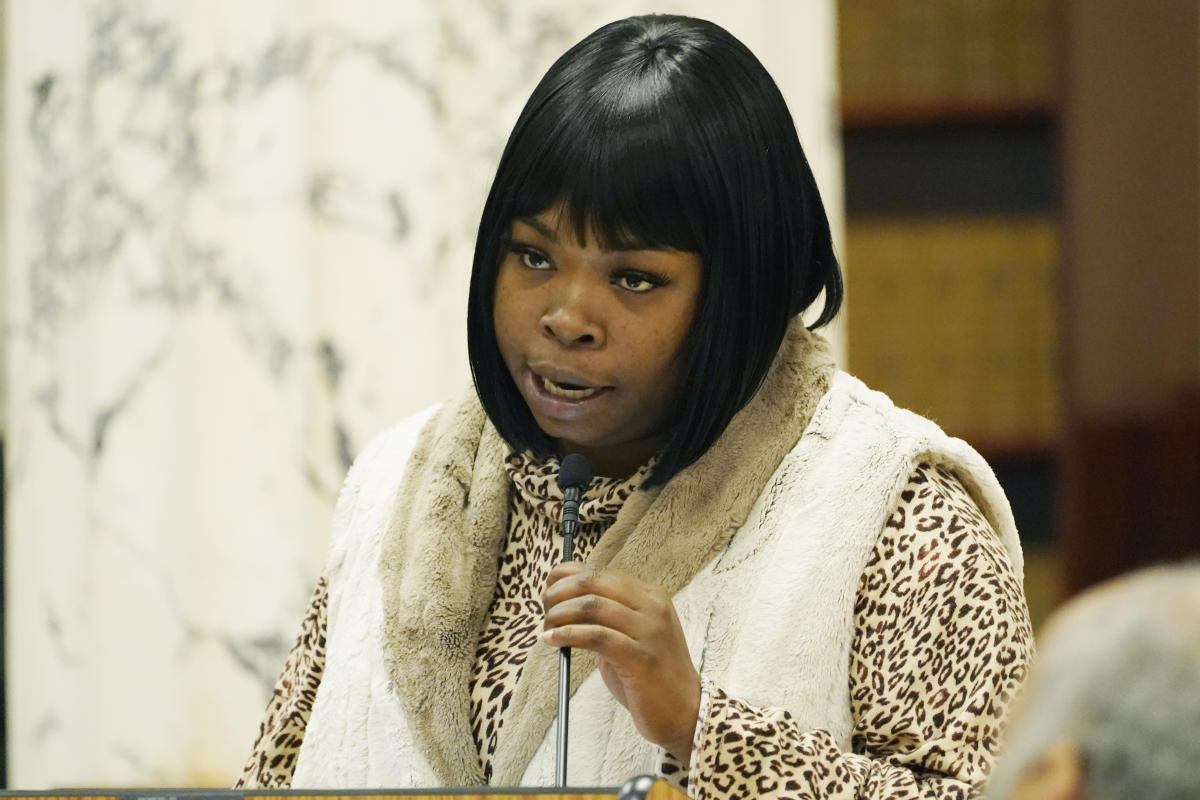#NYCHA’s not getting a bailout — so its tenants should get buyouts

Table of Contents
“NYCHA’s not getting a bailout — so its tenants should get buyouts”
Senate Majority Leader Chuck Schumer’s bid for a billion-dollar bailout for the New York City Housing Authority is dead. The city’s largest slumlord, notorious for failing to provide heat and hot water, was to benefit from a “Schumark” — a $40 billion rebuilding fund to make up for decades of poor maintenance and excessive labor costs.
But Build Back Better is shelved, and Schumer’s earmark didn’t make it into the new Biden budget, which includes just $3.2 billion — no more than last year — for public-housing capital improvements for the entire country. That’s a lot less than the estimated $40 billion alone NYCHA needs for new roofs, boilers and plumbing, among much else.
The City Council is undeterred. It just proposed a budget that would double spending on NYCHA and affordable housing, boosting it to $4 billion. But that’s still seriously short of what’s needed — and shows just how far out of reach bringing the city’s public housing up to code actually is.
Memo to NYCHA: The cavalry isn’t coming. Nor will it do any good to complain, as Mayor Bill de Blasio would bleat, about long-term “disinvestment” in public housing. The projects built to replace slums were supposed to pay for themselves through rent, not rely on never-ending subsidies.
The Schumark’s death should not begin a renewed round of begging. New York must finally face the fact that it’s time for drastic change in the nation’s largest public-housing system, a city-within-the-city of 180,000 apartments. What’s needed is not only the private management NYCHA leaders are pushing for, but a long-term plan to shrink the number of public-housing projects altogether.

Let’s give tenants the means to move out of this terrible housing.
It’s important to keep in mind just how bad NYCHA conditions can be. A snapshot of March 31 complaints show 55 for lack of heat and hot water, 17 broken elevators and 63 gas and 10 electricity outages, affecting thousands of residents.
That’s on an ordinary day. And these don’t tell the story of the infamous leaking roofs that cause all sorts of internal damage.
Nor do they tell the human story of dependency — the thousands of tenants, predominantly African-American and Hispanic, living in public housing for four decades or more, denied the chance to own a unit or accumulate wealth while they’re forced to cope with crime rates higher than the rest of the city.
There have been small steps toward improving physical conditions and management. The Rental Assistance Demonstration program has brought in private investment to renovate and operate some developments, such as the Baychester Houses in The Bronx, where a tenant leader described the new management as a “miracle and a blessing.”
But New York must do more, retreating gradually and humanely from a failed socialist housing scheme that dates to the La Guardia administration. That means selling off public housing that stands on valuable development sites and using part of the proceeds to pay what amounts to reparations to tenants who have suffered in the projects so they can afford to leave.

NYCHA not only operates buildings — it’s sitting on substantial real estate wealth. Per the city’s Finance Department, the total value of its public-housing sites is at least $7.1 billion and likely much more. Some NYCHA locations would command high prices. Think of the sprawling Ingersoll project near the Brooklyn waterfront and housing projects in hot real-estate markets such as Park Slope, Bushwick and Fort Greene.
No, tenants can’t be forced to move out, but they can be paid to leave. There’s a better way: compensating tenants for the years they spent in public housing, paying artificially low rents but effectively penalized for seeking to increase their earnings because increased income would raise their rents.
The Lower East Side’s Jacob Riis Houses (1,191 apartments) are conservatively valued at $87 million. As I’ve calculated for the Manhattan Institute, selling off the site would provide enough for NYCHA to pay each tenant $58,000 and have $20 million left over. NYCHA would no longer have to pay to maintain the aging complex, and a buyout could be enough for a down payment elsewhere or a move out of state.
Such a drastic change can’t take place overnight. It could start with a survey of tenants to find out if they’d accept buyouts. After years suffering in the cold and dark, it’s likely many would.
The Schumark’s end should be a signal. The needs of New York public housing are too great for government to handle. It’s time to start getting out of the business.
Howard Husock is a senior fellow at the American Enterprise Institute.
If you liked the article, do not forget to share it with your friends. Follow us on Google News too, click on the star and choose us from your favorites.
For forums sites go to Forum.BuradaBiliyorum.Com
If you want to read more News articles, you can visit our News category.




